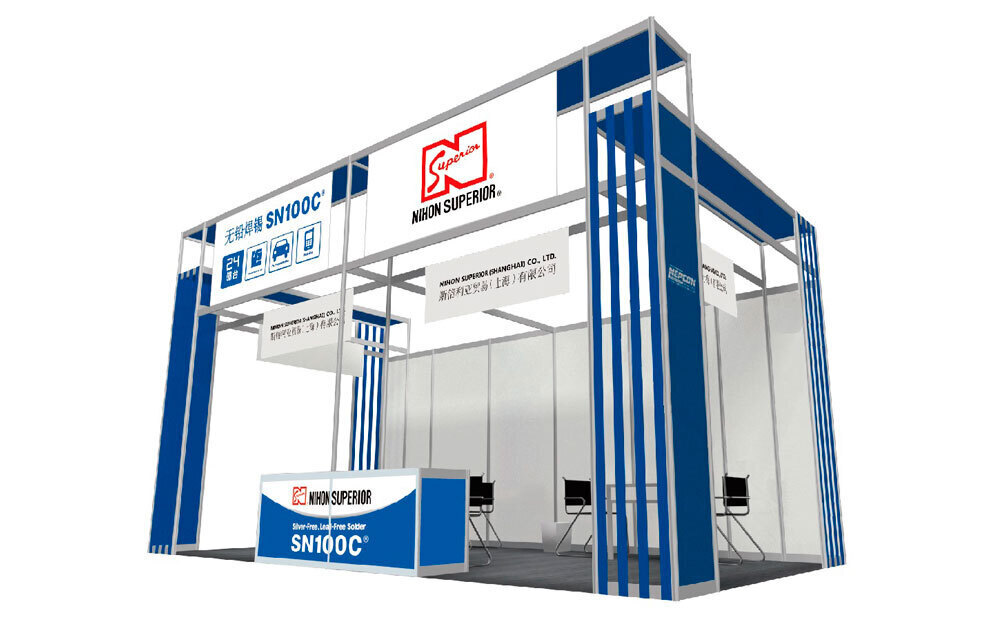Exhibitions
NEPCON SOUTH CHINA 2016

Nihon Superior Co. Ltd. announces its Nihon Superior Shanghai subsidiary will exhibit in Booth #1E03 at NEPCON South China 2016, scheduled to take place Aug. 30-Sep. 1, 2016 at the Shenzhen Convention & Exhibition Center in China. The reliability of SN100C has been proven in a wide range of electronics assembly products.
The eutectic character of the silver-free SN100C alloy and the associated high fluidity provides faster wetting and increased spreadability over SAC305, which is beneficial in wave soldering and hand soldering applications as well as in reflow.
During the show, the company will showcase newly developed products that offer solutions for some of the challenges the electronics industry is now facing, such as improvements in reliability, thermally stable joining, and lead-free die attach.
SN100CVTM P506 D4 is a lead-free, no-clean solder paste with its basic composition of (Sn-Cu-Ni+Ge+Bi). This new alloy has an addition that enables thermally stable solder joints even after thermal cycling. Unlike silver-containing alloys that derive their strength from a dispersion of fine particles of eutectic Ag3Sn, SN100CV gains its strength from solute atoms in the tin matrix of the joint. The unique ability of SN100CV P506 D4 to survive long-term storage at room temperature allows simplification of stock management while meeting all the requirements of modern reflow soldering processes. The SN100CV alloy is also available as a completely halogen-free solder paste, SN100CV P604 D4 and a low residue paste, SN100CV P820-5 D4.
Lead-free Bobbinless Flux Cored Solder Wire
Now everyone is familiar with recycling, why not go one step further and reduce the energy required to recycle? This bobbinless solder helps to reduce waste, recycling energy and recycling hassles.
Lead-free Alloy for Soldering Aluminum ALUSAC-35
Despite the cost and the performance advantages of aluminum, its commercial adoption has been slow because of the concern about the galvanic corrosion that results from differences in the electrical potential of the constituent phases. Joints to aluminum made with this new alloy retain reasonable strength even after 30 days of saltwater immersion.
-
Show Dates
2016 Aug.30-Sep.01 -
Hall
-
Booth
1E03 -
Location
